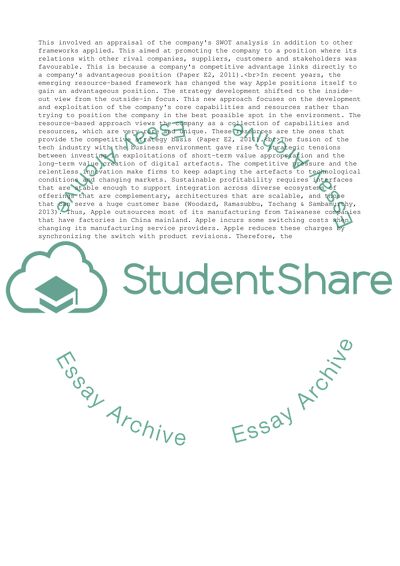Cite this document
(Compare and contrast Apple and COFCO Assignment, n.d.)
Compare and contrast Apple and COFCO Assignment. https://studentshare.org/business/1836541-compare-and-contrast-apple-and-cofco
Compare and contrast Apple and COFCO Assignment. https://studentshare.org/business/1836541-compare-and-contrast-apple-and-cofco
(Compare and Contrast Apple and COFCO Assignment)
Compare and Contrast Apple and COFCO Assignment. https://studentshare.org/business/1836541-compare-and-contrast-apple-and-cofco.
Compare and Contrast Apple and COFCO Assignment. https://studentshare.org/business/1836541-compare-and-contrast-apple-and-cofco.
“Compare and Contrast Apple and COFCO Assignment”. https://studentshare.org/business/1836541-compare-and-contrast-apple-and-cofco.


